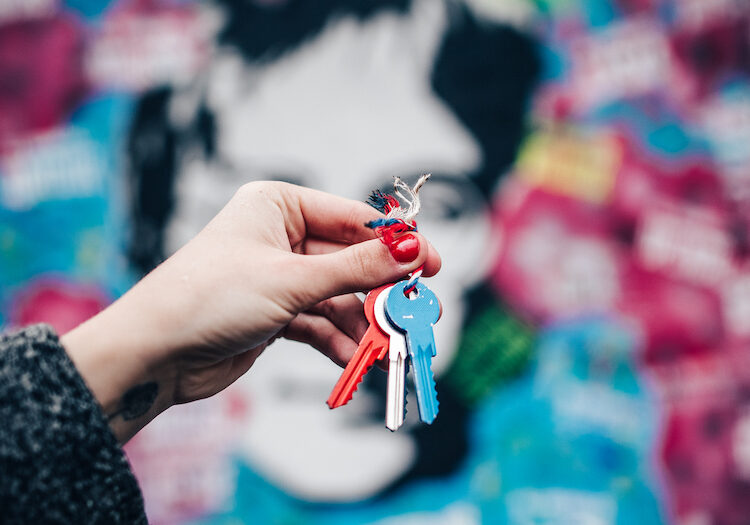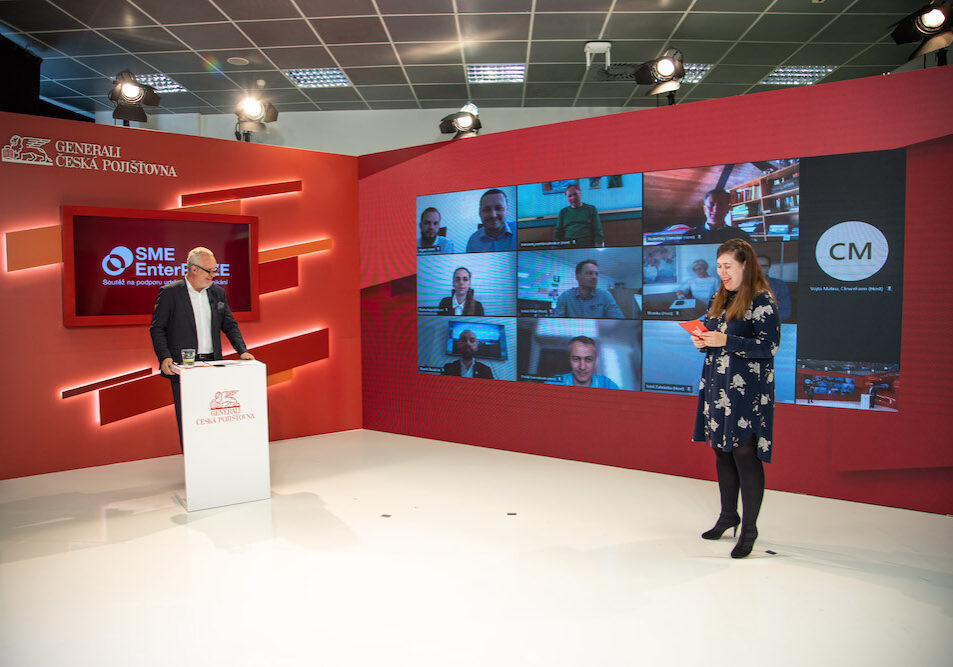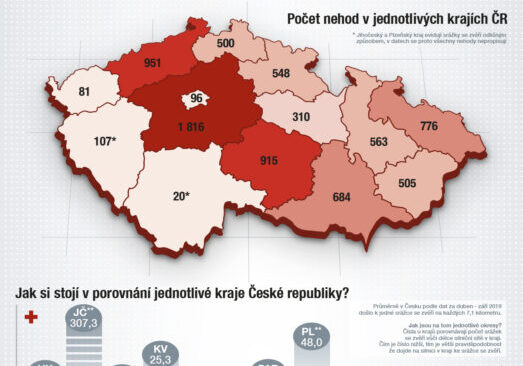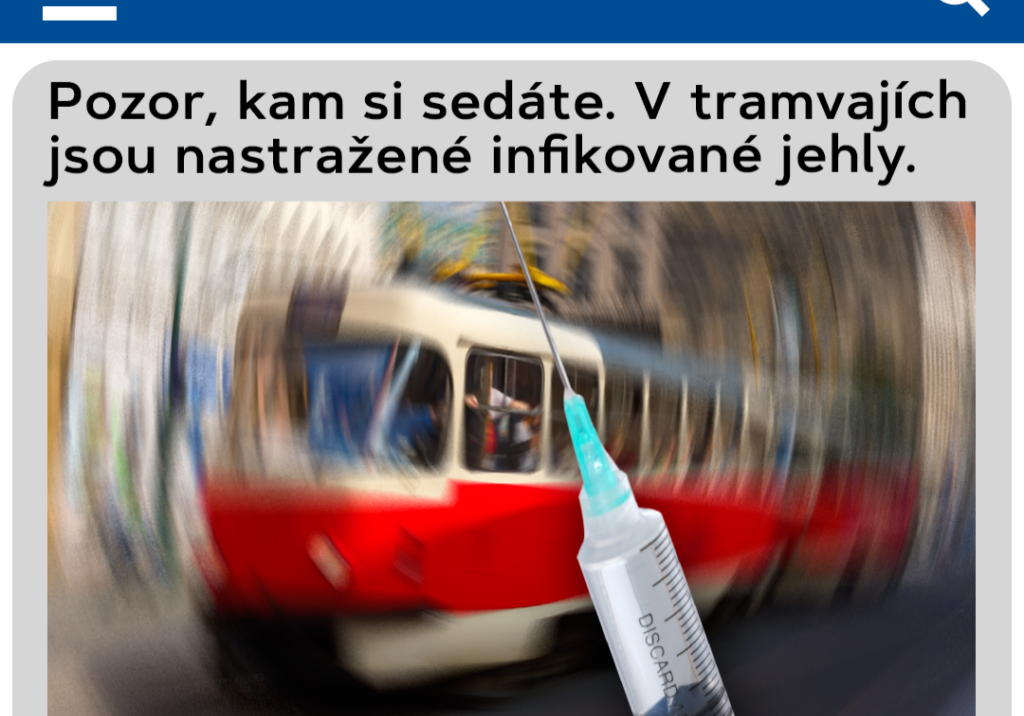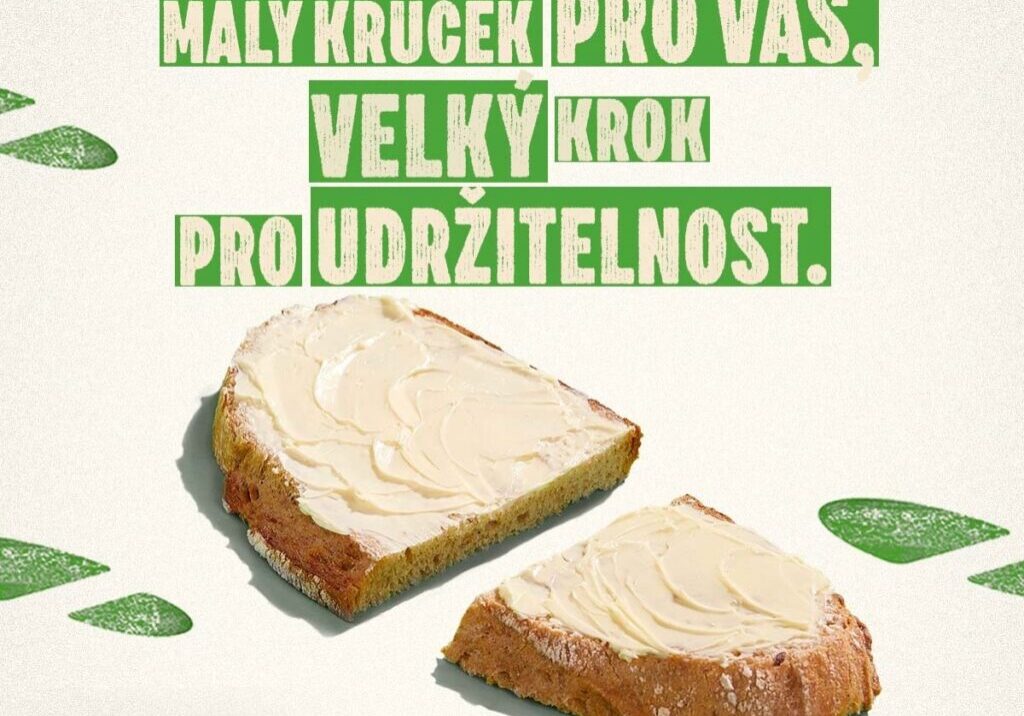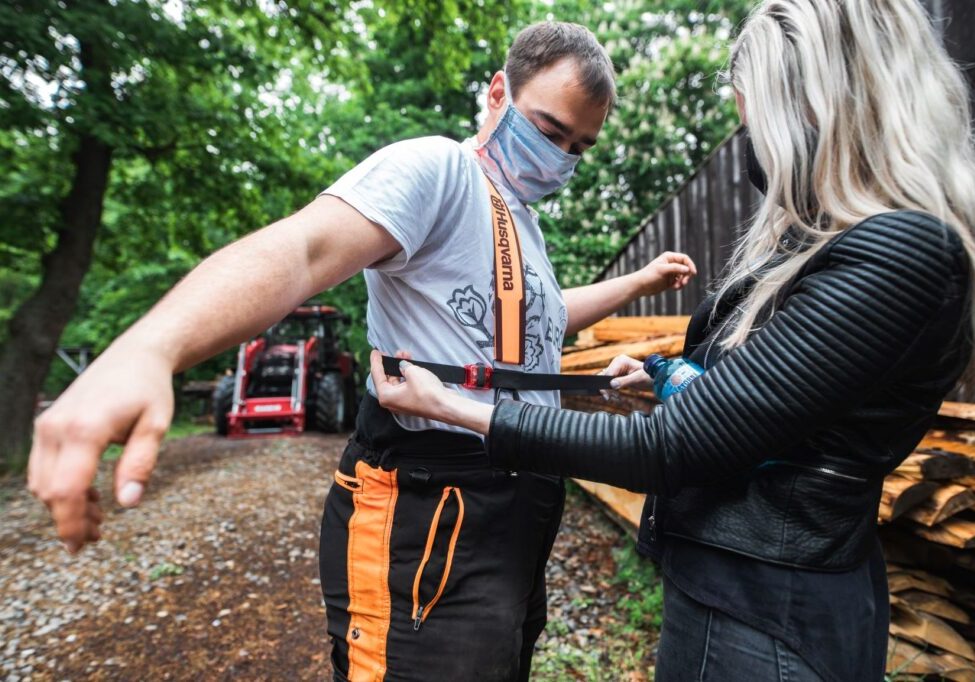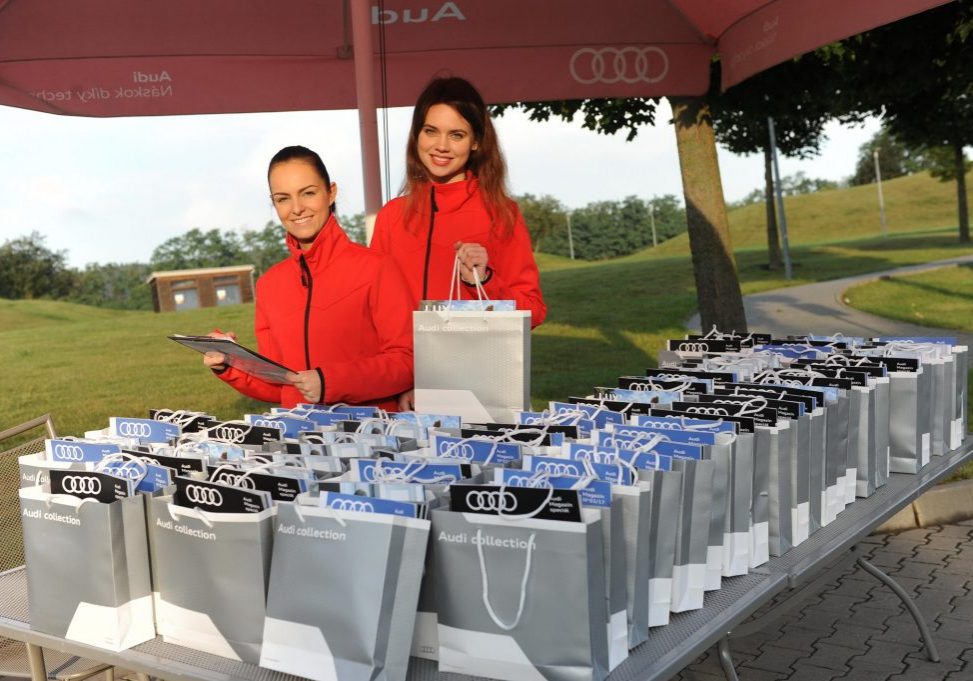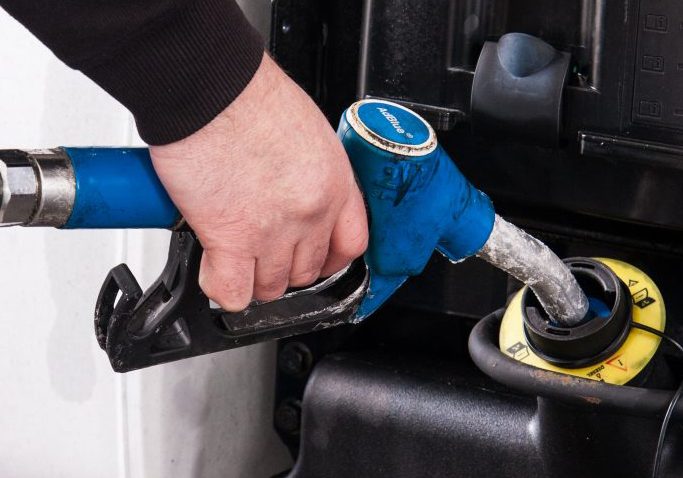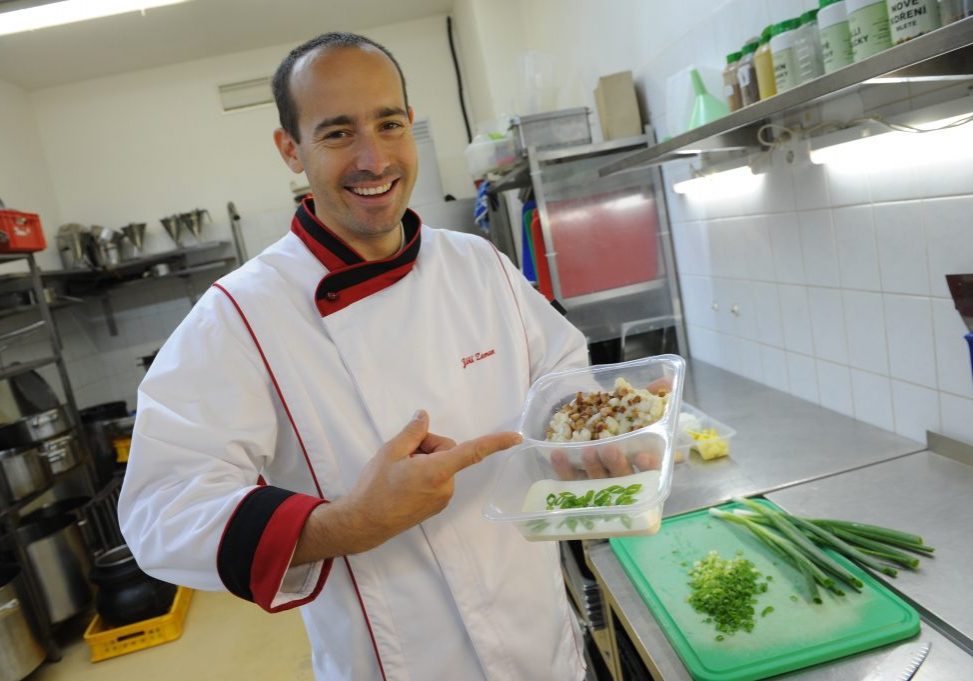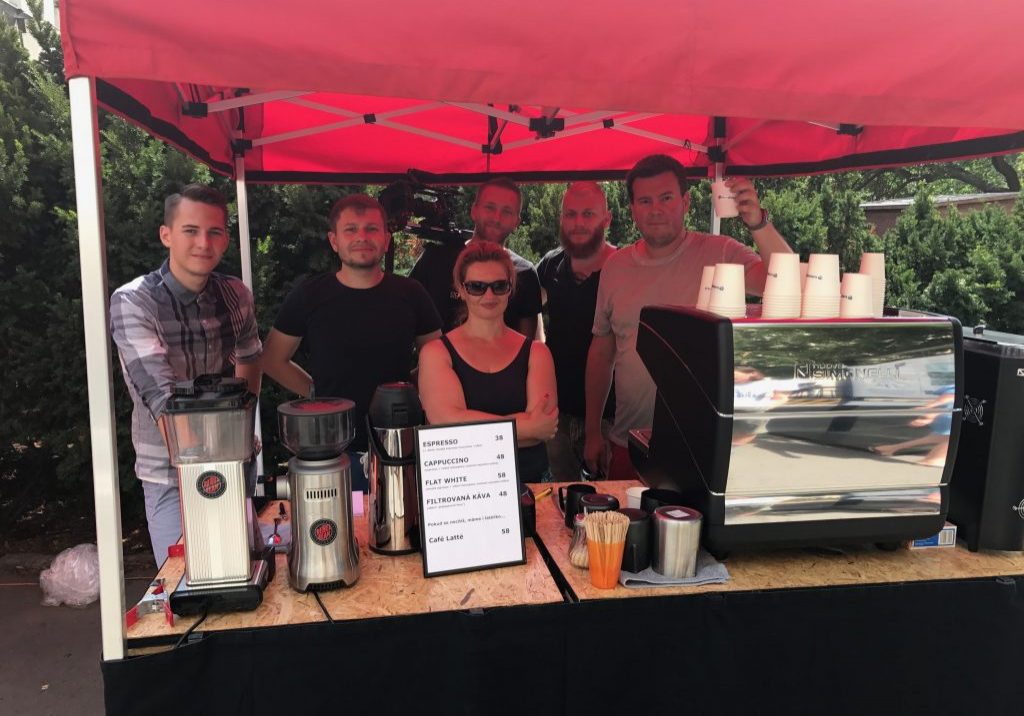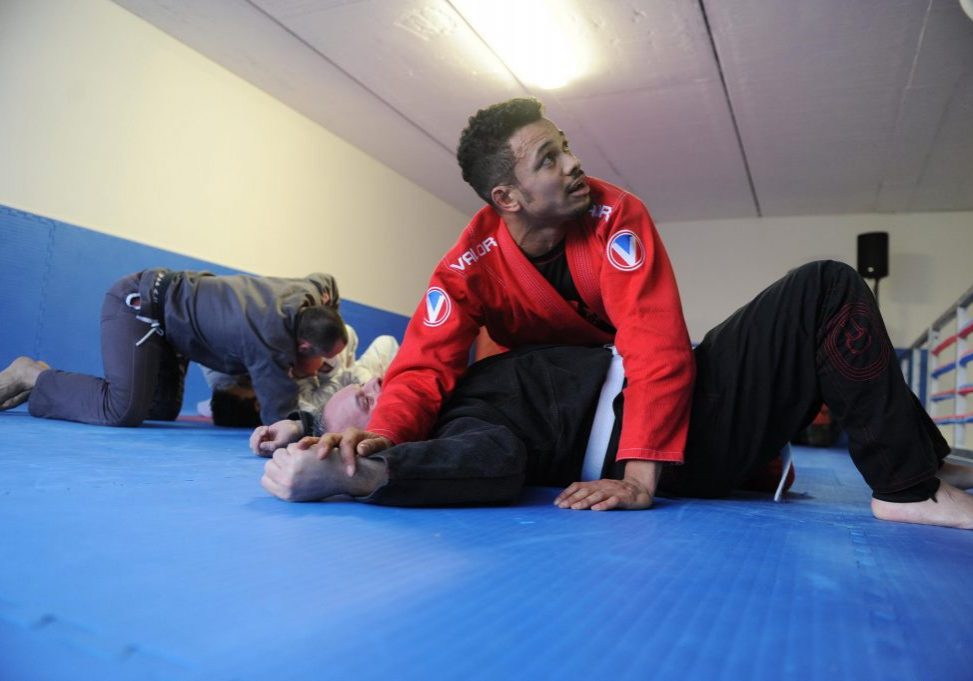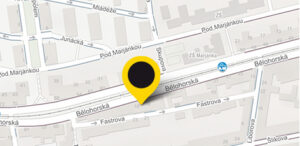True or fake?
CSR communication for T-Mobile
Bronze
Czech PR Award Lemur
No one is immune to rumours and misinformation. Neither higher education nor the social bubble of a bigger city helps. T-Mobile showed this to roughly 20,000 people directly and another 5 million or so through media coverage in the Truth or Fake? campaign. We used a popular, yet simple, interactive Facebook test format that was completed by more than 20,000 people, even several schools. 8,601 respondents even provided their socio-demographic data for anonymous analysis. We then explained the basics of verifying information and critical thinking to everyone who took the test.
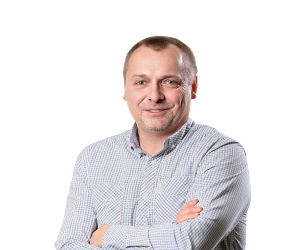
Martin Frýdl
Executive Partner

Vojtěch Jurásek
Account Director
CONTEXT AND CHALLENGE
The aim of the project was to contribute to information and media literacy and at the same time to spread awareness of the fact that the T-Mobile Helping grant call can provide money for projects in this area. The target groups were therefore the non-profit sector, active fighters against fake news and the general public.
At the same time, we were tasked by the client to ensure that the project had added value - that its participants would learn basic information on how to properly verify information from the media and social networks. And to spread this message to as many people as possible.

SOLUTIONS
Many surveys have appeared in recent years about the Czech population's ability to distinguish truth from fake news. We could have distinguished ourselves either by an unconventional view and approach or by a massive amount of data. Combination of both was used. Engaging story was created through cooperation with doc. Petr Janeček from the Faculty of Arts at Charles University, a popular collector of urban legends and author of a number of books on the subject. We created a battery of stories, new and old, truthful, though unbelievable, and also provable lies. For the data part of the project, Josef Šlerka has helped - a well-known data analyst from the New Media Studies at Charles University.
The innovation was an unconventional style of collecting a large sample of data through an online test on Facebook. We first tried the test on a small sample at the TEDx Prague conference (offline). Since the results were surprisingly poor in terms of the ability to distinguish truth from falsehood, we decided to test a larger part of the population. We leveraged the organic potential of Facebook's popular fun tests and polls. Immediately after launch, the test saw high virality - not only among those interested in the issue, but also among journalists. Schools also showed interest in the test, some of them completed the tests in bulk and then emailed their pupils' results in aggregate. And at the end of the test, we presented the participants with useful information about critical thinking.
The results of this unconventional survey clearly showed that the ability of people to distinguosh between truth or fake news is very poor. Resluts have been distributed in the form of a press release and a creative package (with "miracle" products) to journalists and other media stakeholders.
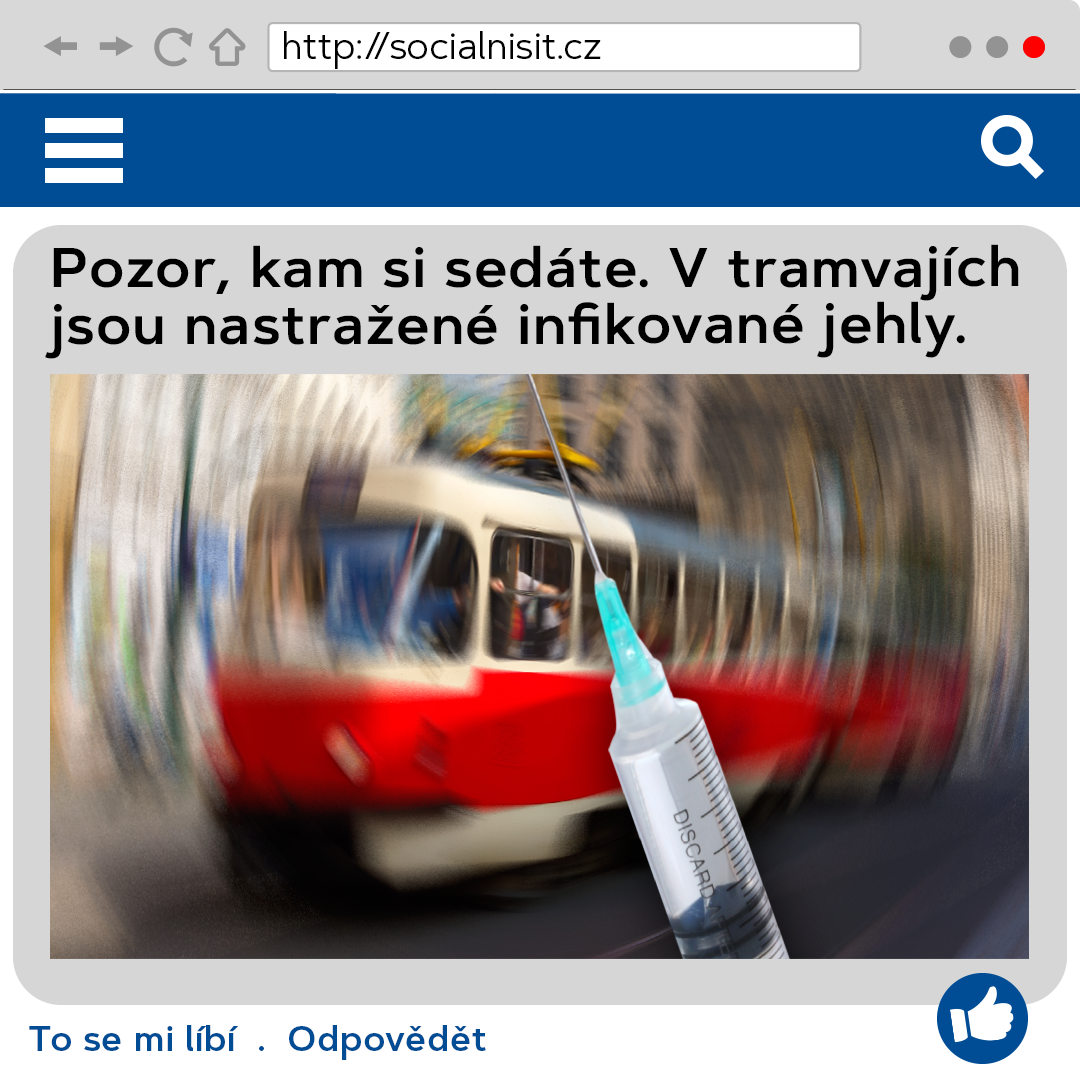
OUTPUTS AND RESULTS
20 145
respondents, 8601 actively engageds
30
media outputs
5
million reach
1
prestigious award
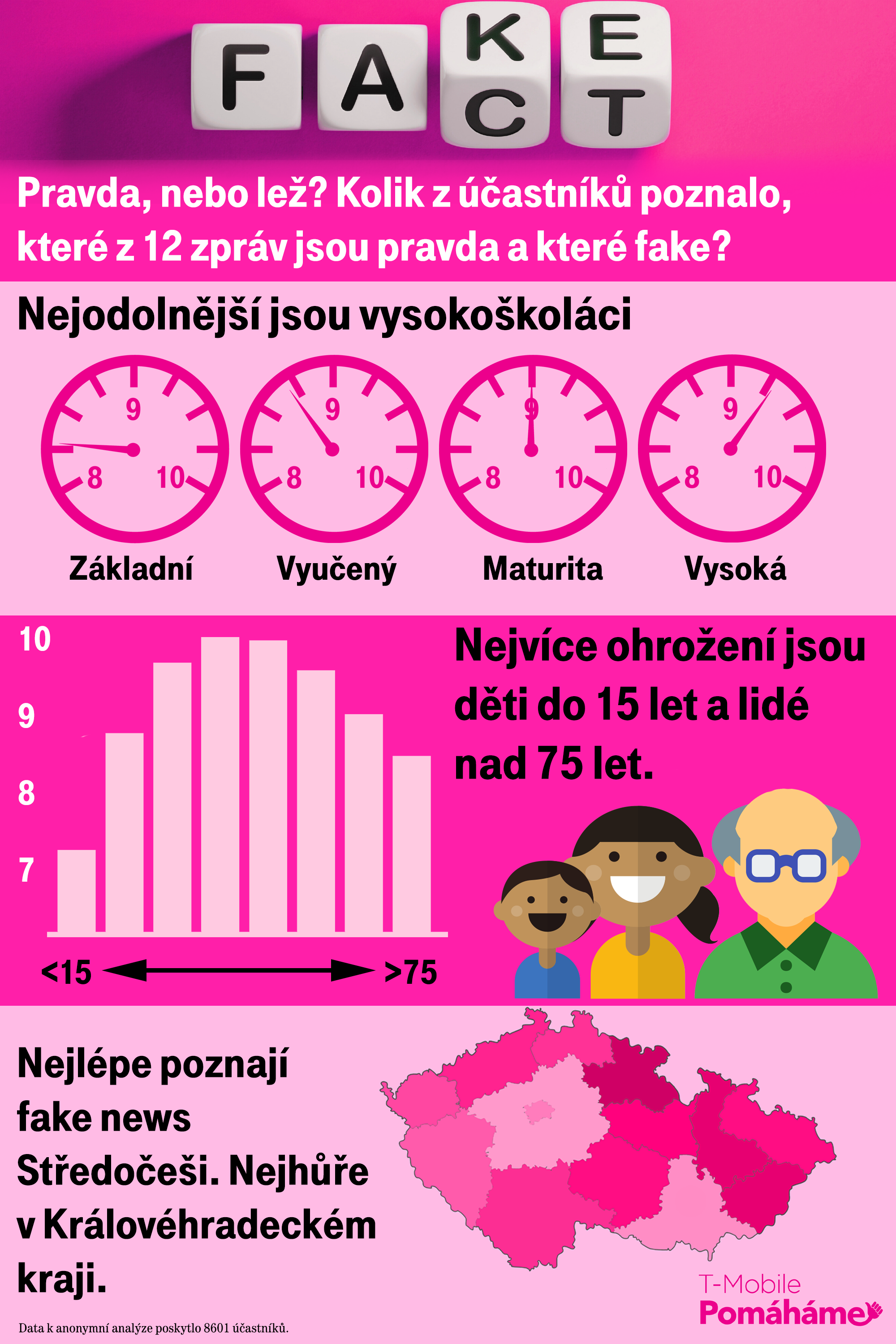
NEXT CASE STUDIES
Keys to Freedom
Corporate Communications for ASSA ABLOY
The 21,000 FAB keys distributed on 17 November 2019 in Prague on Národní třída, Albertov and Wenceslas Square became one of the symbols of the 30th anniversary of freedom and democracy.
SME EnterPRIZE competition
B2B communication for Generali Česká pojišťovna
The future does not belong only to the big ones. Under this slogan, Generali Česká pojišťovna launched the SME EnterPRIZE competition, which honoured sustainable small and medium-sized businesses in its portfolio.
SRNA index: hit and run
Educational campaign for Generali Česká pojišťovna
Did a black cat cross your path? You’ll be out of luck. Did a deer cross your road and you were unharmed? You’re lucky from hell!
True or fake?
CSR communication for T-Mobile
No one is immune to rumours and misinformation. Neither higher education nor the social bubble of a bigger city helps.
Margarines for the heart and the planet
Integrated communication campaign for Upfield
Some Czechs, influenced by the past, perceive margarine as something artificial and as a second-class product after butter.
Worker of the Year
B2C communication for Kofola
Introducing a premium product through ordinary people – sweaty garbage men or tired warehouse workers – is something not many marketers would dare to do. Kofola would.
Audi quattro Cup
Golf tournament for Audi
The tradition of a very special Audi golf tournament has been running for more than 25 years in the Czech Republic.
Tax on Diesel Fuel
B2B communication for DKV Euro Service
How to boost customers´ loyalty? Convince them that you know their problems, that you stand by them and you are not afraid to fight for them.
Meal for geeks
HR communication for T-Systems Slovakia
“Do you work in the Czech Republic and miss Slovak cuisine?” This is how our campaign tried to appeal to Slovak IT guys.
Decent Coffee
Corporate communication for LMC
Sometimes it pays off to make the journalists a bit angry. They notice the problem, try personally what it means to be part of it, and then happily write about the whole issue.
How do you sell Audi A8 at an event
Event marketing for Audi
How to address people who are as busy as can be, who belong among leaders in their rank and who are the potential new customers of the new Audi A8?
How to turn a journalist into fighter?
Product communication for SEAT
When SEAT Arona was launched, we needed to attract the motor journalists’ attention as much as possible.
